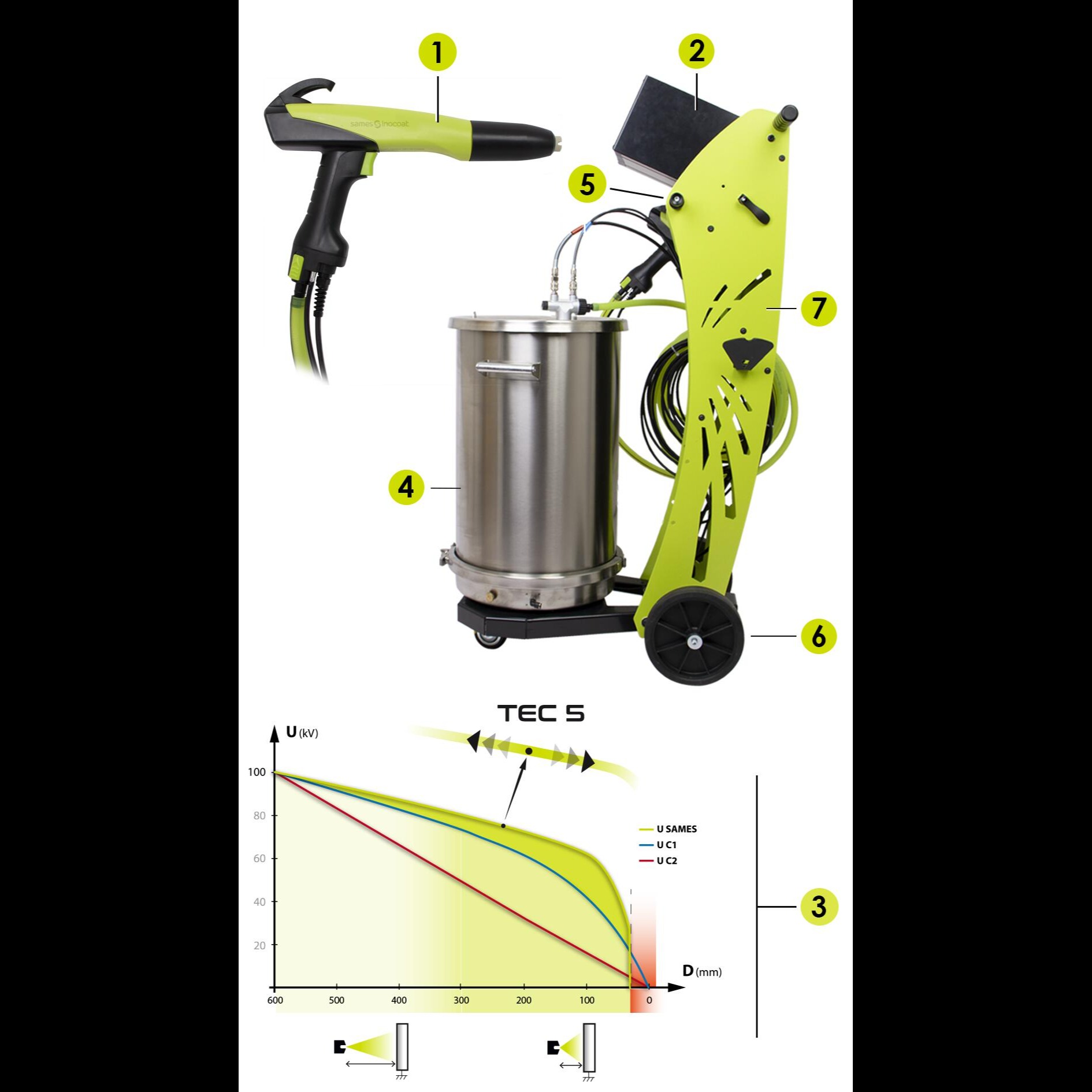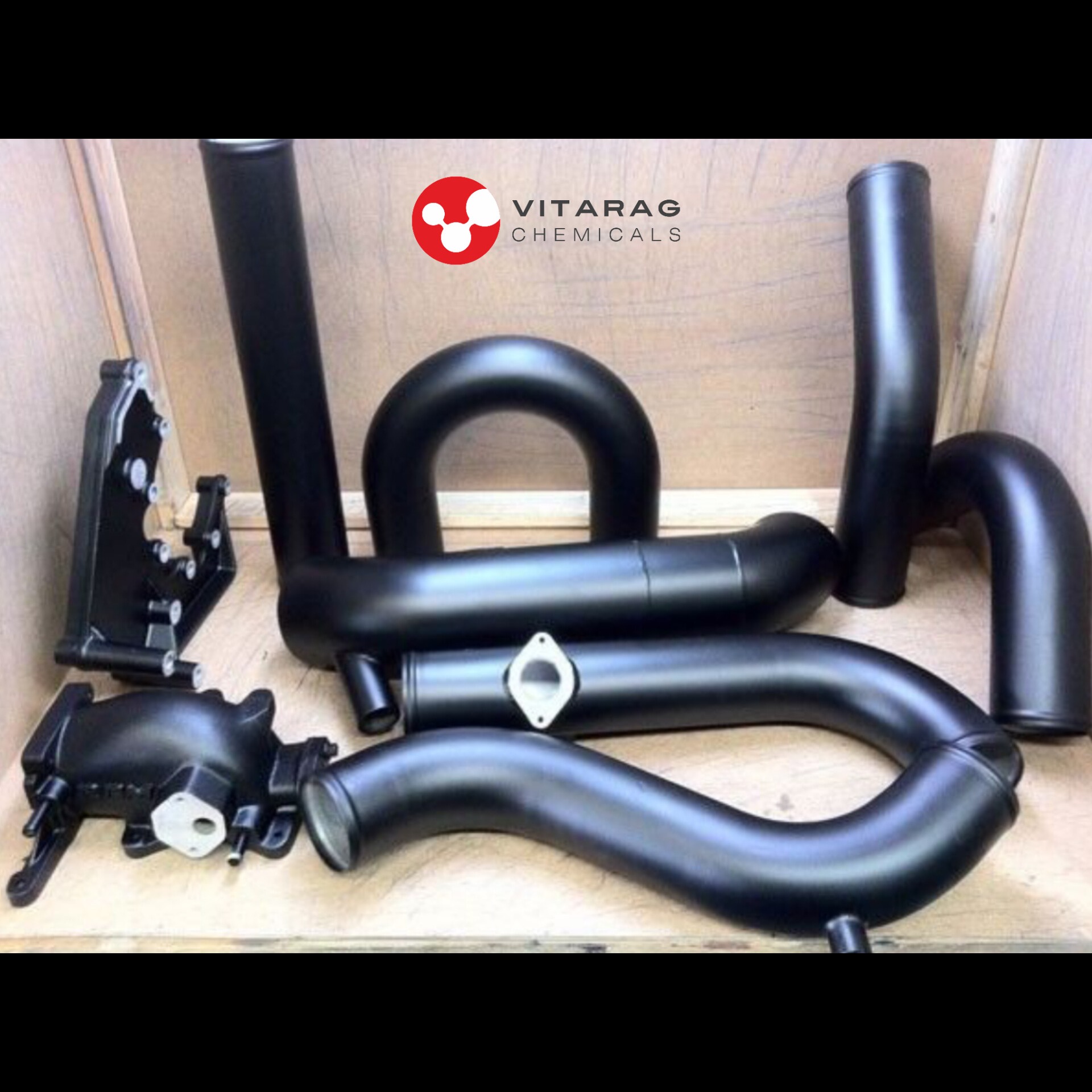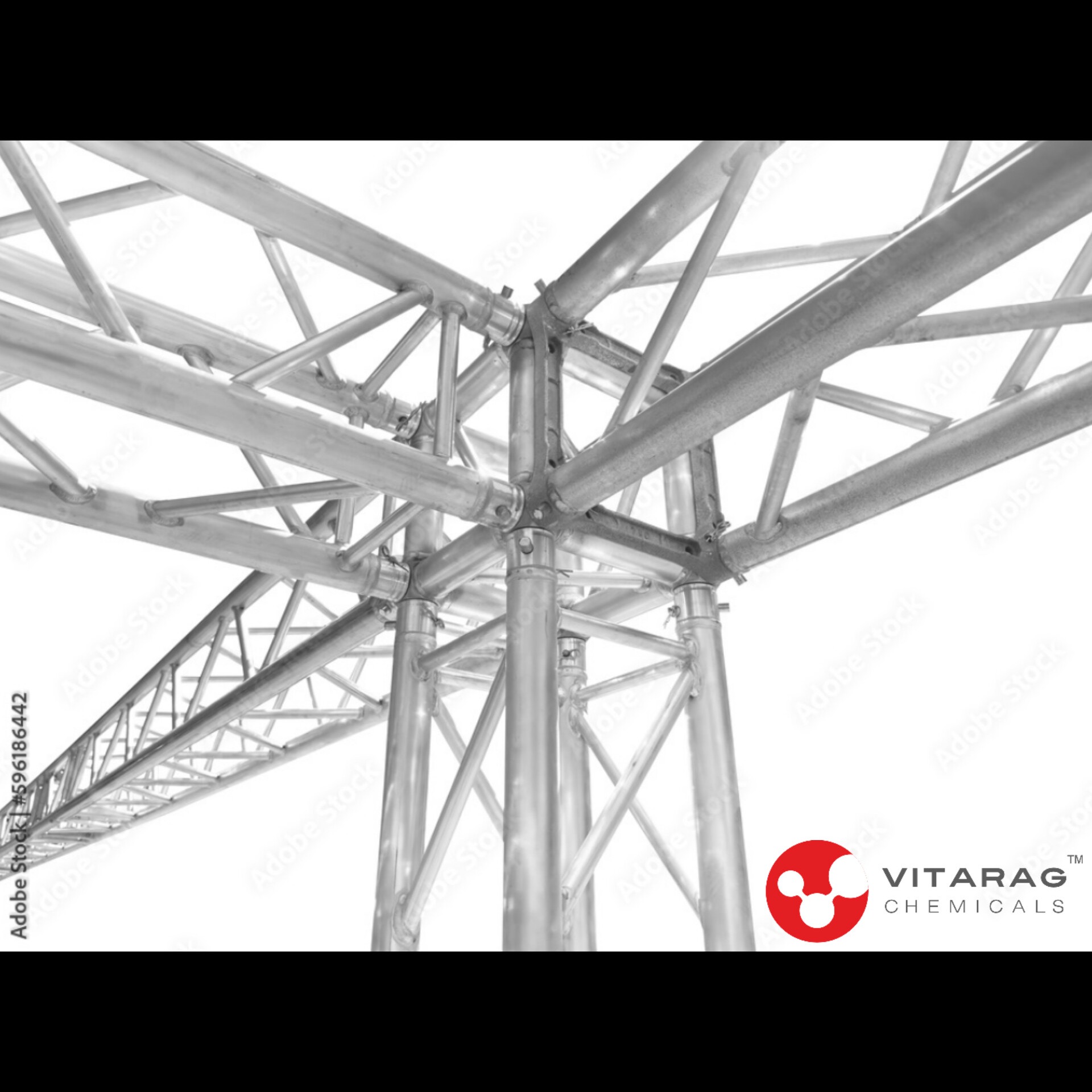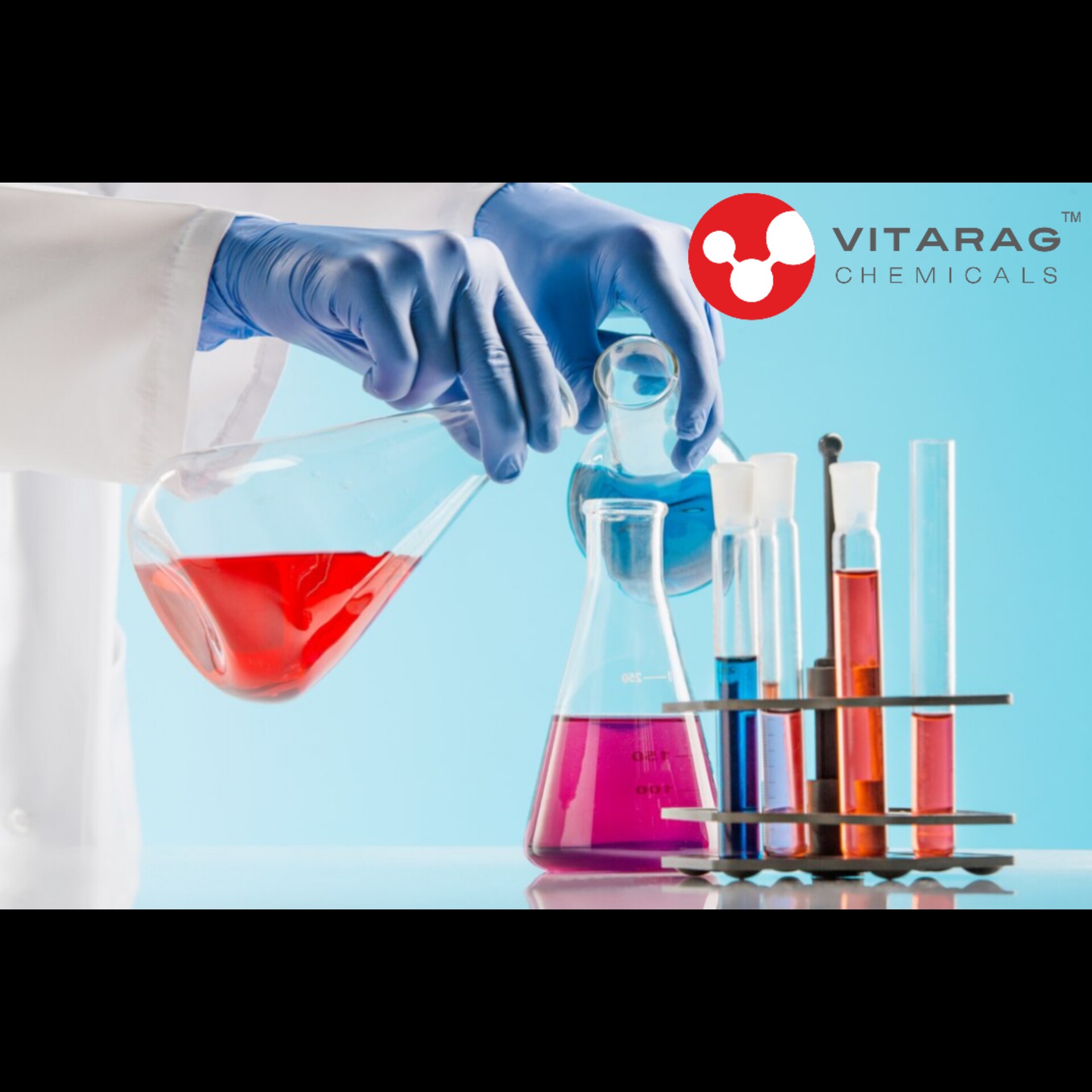
PHOSPHATING - ZNP 54
- Phosphating, specifically ZNP 54, refers to a process involving the application of a zinc-nickel-phosphate coating to a metal surface. This coating provides several benefits, including improved corrosion resistance, enhanced paint adhesion, and reduced friction. Here's a detailed explanation of the phosphating process and the role of ZNP 54:
* What is Phosphating?
- Phosphating is a chemical treatment used on metal surfaces to create a layer of insoluble phosphate crystals. This layer serves multiple purposes, such as protecting the metal from corrosion, providing a base for subsequent coatings (like paint), and improving wear resistance.
* Zinc-Nickel Phosphating (ZNP 54)
- Zinc-nickel phosphating is a specific type of phosphating process that incorporates both zinc and nickel into the phosphate coating. The addition of nickel enhances the corrosion resistance and overall durability of the coating.
Keywords
ZNP
role
base
layer
reduced
addition
friction
application
specific type
metal surface
paint adhesion
wear resistance
several benefits
phosphate coating
multiple purposes
chemical treatment
overall durability
subsequent coatings
phosphating process
corrosion resistance
detailed explanation
Zinc-Nickel Phosphating
insoluble phosphate crystals




